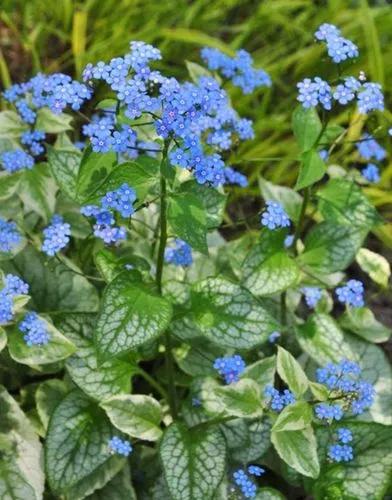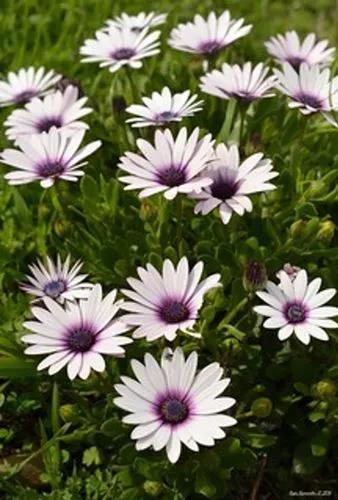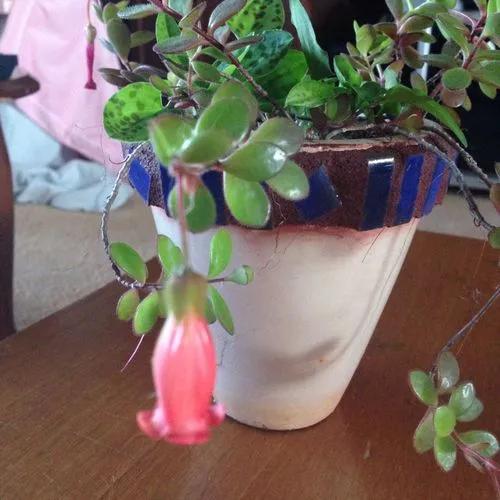Looking to add bright spots to a calm interior? Look no further: Scarlet Star will become a shining queen of any living space. Its large dark red bracts will catch the glances of all your guests.
Scarlet Star Care
Guzmania lingulata/ minor
Other names: Droophead Tufted Airplant, Orange Star Scarlet Star, Guzmania Plant



This South American rainforest native has long green leaves and shiny red bracts. It has a quite distinctive life cycle. It takes around 3 years for the plant to reach maturity, and the praised red bracts don’t form until that. Before the blooming stage, the plant looks like a rosette with a hollow center.
After the bracts turn red, they last for about 5 months, hiding tiny white flowers within. The plant blooms only once in a lifetime.
How to Care for the Plant

Water

This plant requires very special watering techniques.
- Water the soil regularly, but let the soil dry before the next watering.
- Keep 1-2 inches (2-5 cm) of water in a flower cup at all times, replacing it every few days. However, you’ll need to remove the water from the cup once the bracts start to form.
- Mist the roots and leaves every day.
- Use distilled or rain-sourced water, as it is very sensitive to tap water chemicals.

Pruning

You don’t need to prune the plant. Remove dead leaves if necessary.

Fertilizer

Use liquid fertilizer diluted to half strength every month. Apply to roots, leaves, and rosette until the bracts form.

Sunlight

The plant should get 10-12 hours of bright indirect sunlight. Place them close to the window, but avoid direct sunlight.

Soil

The plant needs bromeliad or orchid potting mix. Alternatively, one part soil plus one part pumice/bark will work as well.

Propagation

This Bromeliad sometimes forms the offshoots near the base of the plant. When they reach 3 inches (7.5 cm) tall, cut them off at the root and plant in separate containers. Keep the containers warm and slightly moist to help the pups adapt.

Temperature

The plant thrives at room temperatures of 65-90ºF (18-27ºC). Do not let the temperature drop below 60ºF (15ºC), and avoid cold drafts.

Container

There are no specific requirements for the container. Keep in mind good drainage, and put the pot on a tray of damp pebbles.

Fun fact

In its natural habitat, the plant attaches itself to a host plant but does not cause the host any damage!

Popularity

45,415 people already have this plant 2,209 people have added this plant to their wishlists
Discover more plants with the list below
Popular articles






